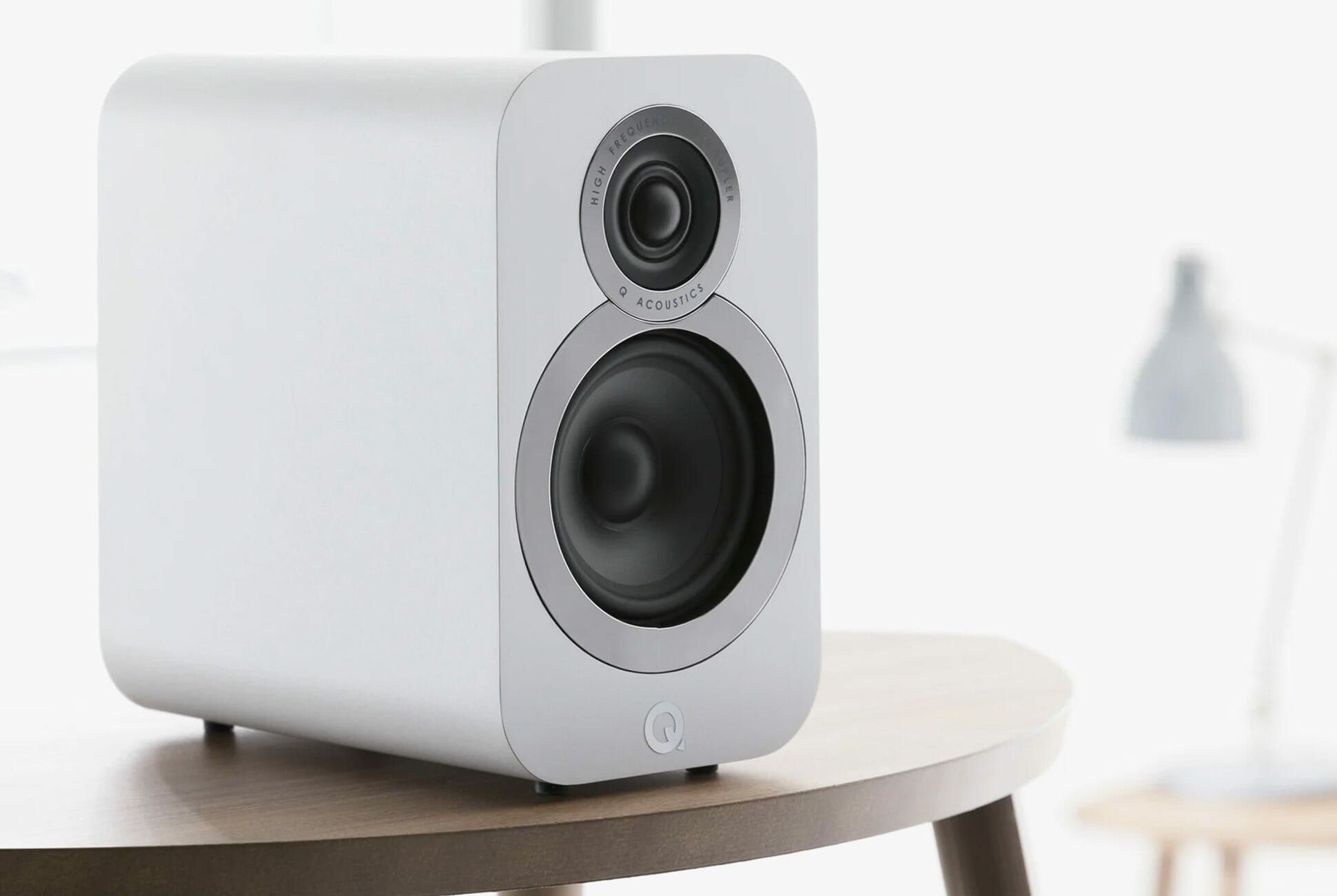

Follow the entire audio pathway, beginning at the source (the source could be a microphone, tape deck, musical instrument, etc). If you can't measure the signal level, you'll have to do some deducing. Generally speaking, you should keep the level below about 0dBu at every point in the pathway. Ideally, you would want to measure the signal level at as many points as possible, using a VU (Volume Unit) meter or similar device.

Minimising Distortionĭistortion can occur at almost any point in the audio pathway, from the microphone to the speaker.

Once the component's maximum dynamic range is breached, you have distortion. Imagine that the windows above represent a pathway through a component in a sound system, and the waves represent the signal travelling along the pathway. These examples can be used as an analogy for any audio signal. In this case, the recording components can no longer accommodate the dynamic range, and the strongest portions of the signal are cut off. If the information I've provided was helpful, give us some reinforcement by clicking the "Solution Accepted" and "Kudos" Buttons.In the second example, the signal is amplified by 250%. To run the troubleshooter, open wushowhide.diagcab, select Next and then follow the instructions in the troubleshooter to hide the problematic driver or update. When you click the download link, you're prompted to open or save wushowhide.diagcab. The file is stored on security-enhanced servers that help prevent any unauthorized changes to the file. Microsoft used the most current virus-detection software that was available on the date that the file was posted. To temporarily prevent the driver from being reinstalled until a new driver fix is available, a troubleshooter is available that provides a user interface to hide and show Windows updates and drivers for Windows 10.Ĭlick Here to download the " Show and Hide Update " Troubleshooter.


 0 kommentar(er)
0 kommentar(er)
